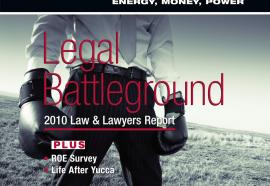Achieving Interoperability
The smart grid requires utilities and regulators to assert leadership.
Adopting an interoperable framework for the smart grid isn’t just a question of technology standardization. It’s also about navigating the legal, regulatory, and business factors that affect technology implementation. Making the smart grid work will require utilities and regulators to assert leadership.










